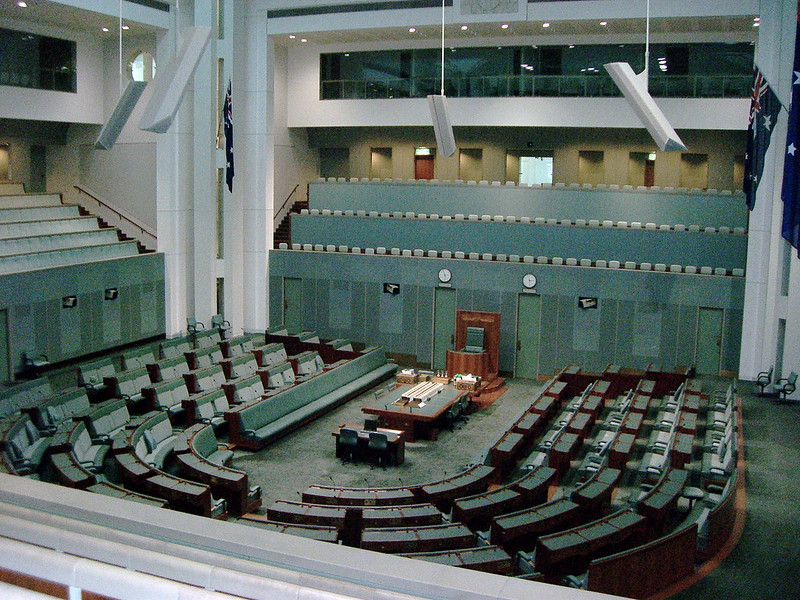Indigenous communities across Australia faced a difficult blow on 14 October, with millions across the country voting to reject an amendment to the country’s constitution that would establish an Indigenous voice in Parliament.
The referendum was seen by many as an opportunity for significant progress in the country’s Indigenous justice movement, attempting to heal the deep wounds of colonialism. The impacts are still widely felt today, underscored by the stark disparities Indigenous communities face. With an eight-year shorter life expectancy, higher rates of incarceration and suicide and poverty rates twice the national average, reform is urgently needed.
The path towards the referendum vote began more than half a century ago in 1967, when Indigenous people were finally counted as ‘people’ after a successful constitutional referendum. Yet, Australia stands as the sole Commonwealth nation without a treaty with its Indigenous people or constitutional recognition of their rights. For these last few decades activists and politicians, both Indigenous and not, have worked towards crafting the proposed alteration of the Australian constitution to ensure aboriginal representation. This past week, the vote was finally handed to the Australian people.
Even so, the shouts for justice were met with a resounding no. According to the Australian Electoral Commission, 59 per cent of the country voted ‘no’ as of 10.30 pm AEDT on Saturday, 14 October. The state with the highest ‘yes’ vote was Victoria, at 46 per cent, while Queensland had the lowest ‘yes’ vote, at 32 per cent.
Those in the opposition party have been adamant that their vote was not from a place of racism or oppression, but rather inclusivity and unity. Many argued that introducing race into Australia’s constitution was not only unnecessary but that it would cause further divisions between white and Indigenous people. This was expressed by opposition leader Peter Dutton, who said: “This is the referendum Australia did not need to have. The proposal and the process should have been designed to unite Australians, not to divide us.”
Addressing centuries of oppression and institutionalised racism is by no means an easy task – and one that is never going to be fixed with a single referendum. Yet, it feels this vote was not about introducing a single plan or policy to uproot the Australian government or radically alter economic policies. It was quite explicitly, and simply, about “voice”– ensuring that those who have previously been silenced have at least the opportunity to speak on how Australian government policies impact their communities. It was about giving agency to those who have been robbed of their homeland and slowly working towards an Australia where an Indigenous person can expect the same quality of life as their white counterparts.
While both sides of the referendum want to move to a place of inclusion, they seem to have gotten too bogged down with the details, automatically rejecting it because it wasn’t deemed as “perfect.” This vote wasn’t about the mechanics of a single proposal, it was about the country’s stance on addressing racism and that stance has been made clear. Healing the wounds of British imperialism isn’t going to be done through a single committee in parliament. Yet, that doesn’t mean there shouldn’t at least be attempts towards justice and inclusion. All Indigenous peoples want is a voice, and, yet again, they have been shoved to the side.
“House of Representatives, Australian Parliament, Canberra” by Between a Rock is licensed under CC BY 2.0.

